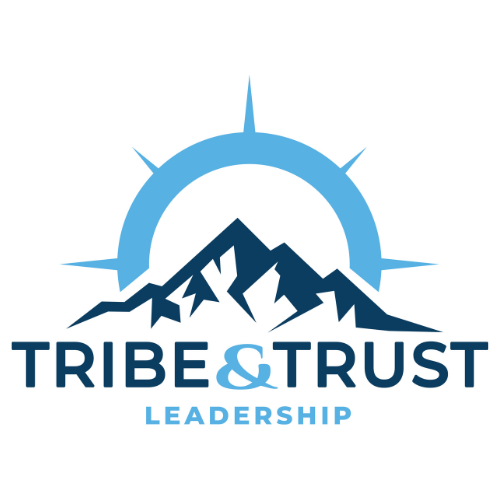You Can’t Learn Karate from a Book. Leadership’s No Different.
Imagine earning a black belt just by reading about karate.
You’d skim a manual, watch a few YouTube videos, listen to a TED Talk, and boom, martial arts master. But anyone who’s actually stepped onto the mat knows better. Mastery doesn’t come from information alone. It comes from sweat, struggle, correction, and consistent practice.
Leadership works the same way.
Yet many organizations still approach leadership like it can be absorbed, not developed. A single seminar, a quarterly keynote, a catchy personality test, and suddenly, everyone’s expected to lead.
Here’s the truth: leadership doesn’t come from exposure. It comes from experience.
Leadership Is a Practice, Not a Presentation
Leadership isn’t theoretical. It’s behavioral. It’s how you respond when the room turns tense, how you set the tone during chaos, and how you hold your team accountable when standards slip. These aren’t ideas. They’re actions.
Despite this, most leadership “training” relies on passive learning. Companies book motivational speakers or deliver one-time workshops and expect transformation. Unfortunately, motivation fades fast. Without repetition, habits don’t form.
Effective leadership development mirrors high-performance fields like the military, elite sports, or medicine. These fields use cycles of instruction, dialogue, application, feedback, and reflection. Why? Because this cadence turns knowledge into capability. It builds the kind of behavior that sticks under pressure.
Real Growth Demands Rhythm
You don’t learn to lead in a single burst. Just like you don’t build muscle from one gym visit. Leadership—like fitness, music, or language—requires rhythm.
Studies show that spaced, structured learning significantly increases long-term retention and behavior change. When organizations deliver training in short, frequent sessions—especially in small, cross-functional groups—they build both trust and skill. They create consistency. And that consistency matters.
When leaders practice regularly, they form muscle memory. They don’t just know what to do—they can do it under stress. On the other hand, when learning happens sporadically, it disappears quickly. What’s the result? Leaders fall back into old habits.
Maintaining a steady rhythm ensures growth isn’t just possible, it becomes predictable.
You Can’t Install Culture
Culture isn’t a policy. It’s a pattern. It’s the behavior people model, tolerate, and reward. When companies treat culture like a branding exercise—mission statements, value posters, quarterly updates—they miss the point.
You can’t install trust, accountability, or ownership through a slide deck.
To build a culture of leadership, you need to embed it into daily life. Managers must model it. Teams must talk about it. Systems must reinforce it. That kind of shift doesn’t happen quarterly— it happens daily.
Leadership culture grows through consistent exposure and repeated action. The message must stay active. The expectations must stay clear. And the feedback must stay ongoing.
When culture becomes habitual, it becomes powerful.
Structure Creates Predictability
In martial arts, students follow a clear path. No one skips belts. No one guesses the next move. Each stage builds on the last, introducing skills in order, reinforcing them through practice, and refining them through testing.
Leadership should follow the same logic.
Without a structured path, development becomes random. Leaders get mixed messages. Some over-index on theory. Others rely on instinct. Teams experience inconsistency, and alignment suffers.
A strong curriculum changes that. It lays out a step-by-step roadmap—from self-awareness and emotional intelligence to communication, conflict resolution, and mission execution. Leaders learn in sequence. They apply skills between sessions. They receive feedback that helps them grow.
When development follows a structure, performance becomes more consistent, measurable, and scalable.
“Leadership ultimately comes down to creating conditions of trust.”
— Gen. Colin Powell
And trust? You don’t declare it. You build it. Through clarity. Through repetition. Through action.
Leadership doesn’t come from a book. It comes from practice. It’s earned—not assigned. It’s built—not downloaded.
At Tribe&Trust, we develop leaders where they matter most—on the front lines. We give your rising managers the structure, rhythm, and tools they need to lead with clarity and consistency, all while aligning with your company’s mission and culture.
If karate could be learned from a manual, the world would be full of black belts.
If leadership development were just information, every seminar would solve your culture issues.
But you already know, it takes more than that.
Let’s build leaders who don’t just know the right thing. Let’s build leaders who do it.
